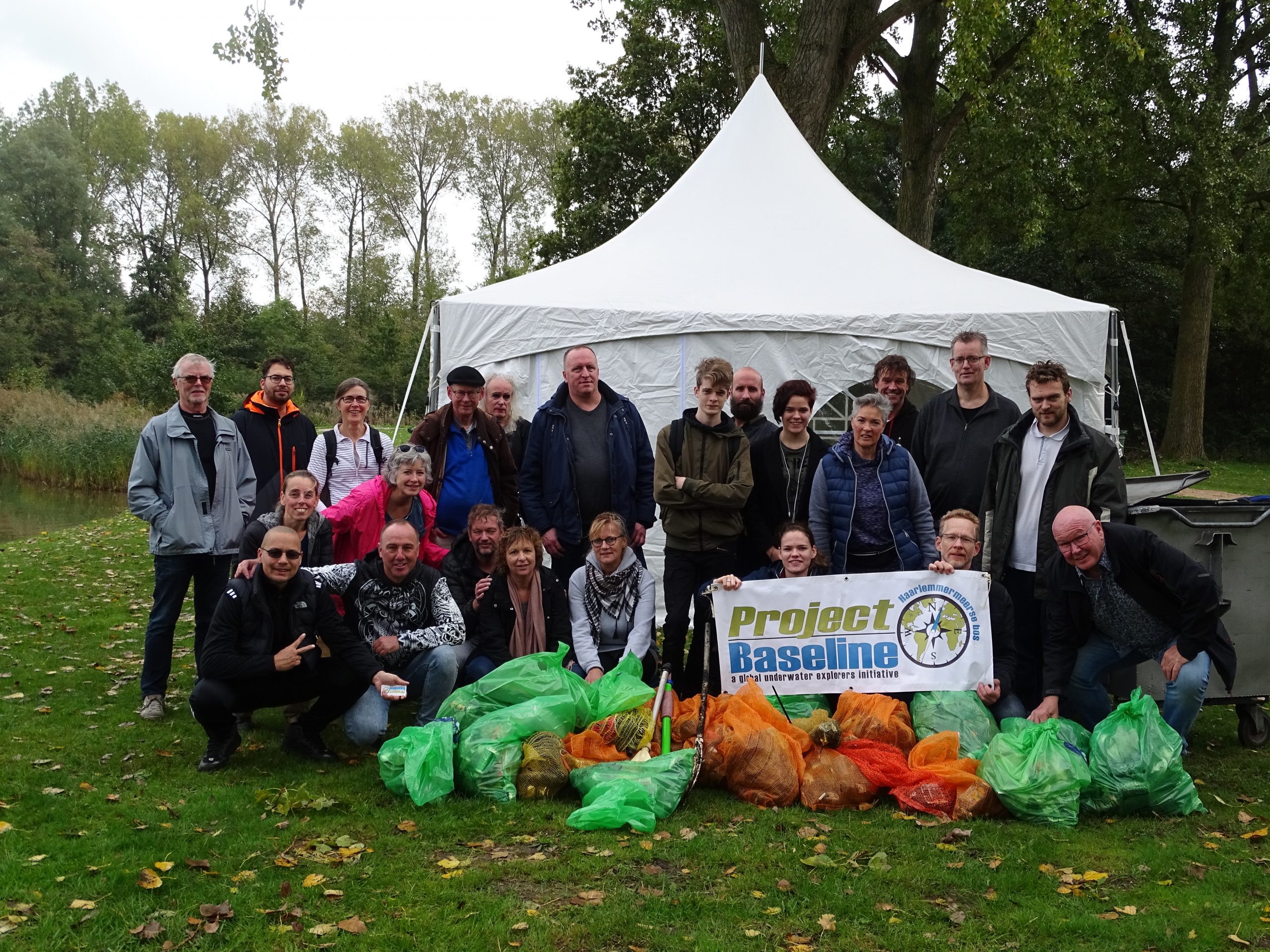Project Baseline Haarlemmermeer, The Netherlands is active since 2011. We started with only two underwater stations, but soon after, the need for more stations evolved as time progressed. Up until 2018, we’ve done many cool projects, keeping costs as low as possible. Netlake’s citizen science project taught us how to do that. The only sponsoring we receive is from the lake’s restaurant in the form of a top lunch after a cleanup day.
In 2018, the announcement of Project Baseline head office for a grant of $1000 came to my attention. This was a unique opportunity and we applied for the grant, because we had a specific goal for 2019. There are many great and refreshing projects out there with great potential, so we thought Baseline Haarlemmermeer wouldn’t stand a chance.
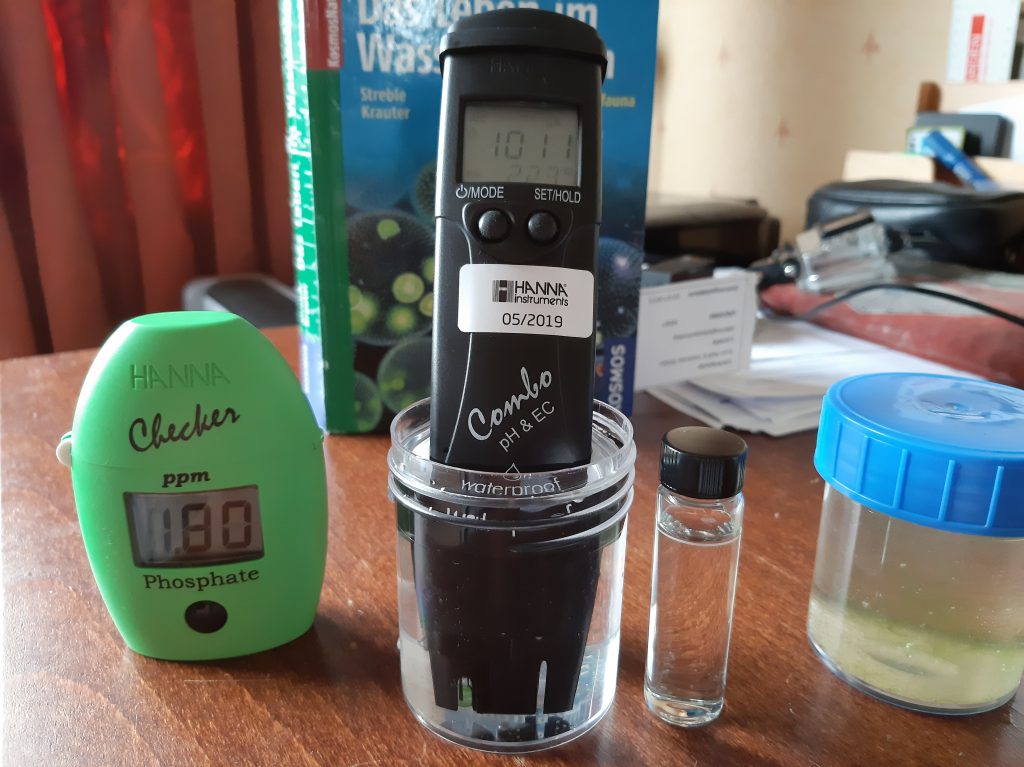
We were really chuffed, the grant was issued to a total of three projects being Loch Long in Scotland, Lake Pupuke in New Zealand and last but not least Baseline Haarlemmermeer / The Netherlands!
There were specific demands we had to meet, because it’s serious money, which needs to be spent wisely and responsibly. This grand grant enabled us to do so much more than usual and we stepped up our game.
Goals 2019
Many freshwater lakes in the world are currently dealing with HAB’s (Harmful Algal Blooms). The Algal part are represented by various species of cyanobacteria. Our lake is susceptible to HAB’s as well, where cyanobacteria have the potential to wreak havoc on aquatic life and poses a serious health risk to humans and animals. Many scientists are researching how to prevent and deal with HAB’s. There is still no answer to fight HAB’s in a sustainable way. Next to chemical analyses, we believe micro organisms can tell us much more. As citizen scientists with no education in this field of expertise, we wanted to collect data and monitor micro organisms in 2019 to form a base.
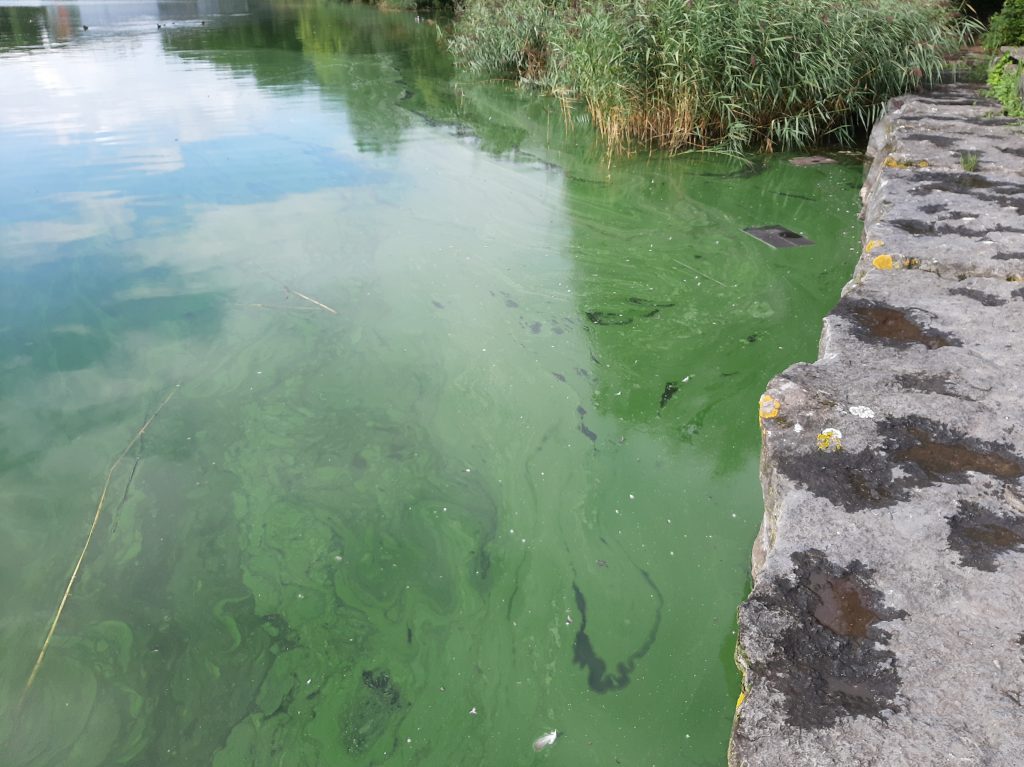
There were four points we wanted to check also:
- The water control board claims there is an increased influx of salt water from bottom wells if the water level is drops below a certain value. To keep the water level within limits in dry periods, water (rich in phosphate and nitrogen) is pumped into the lake from a distribution canal. In this case The cure is worse than the disease with respect to preventing HAB’s.
- The water control board claims a water mixing system (dismantled in 2016) isn’t the answer to prevent HAB’s and is reluctant to invest in a new system.
- Which species of cyanobacteria are present HAB’s and what species of micro fauna and flora are there throughout the year?
- How do phosphate levels at a depth 14 meter (just of bottom) and 5 meter progress in respect to stratification..
In order to do that, we decided to purchase the following equipment to tick all the boxes.
- Planktonnet 53 micron.
- BMS Microscope.
- Multimeter for PH, TDS and Electro Conductivity.
- Hobo Tidbit Temperature data logger.
- Hanna Phosphate checker.
- Various fluids, reagents, sample jars, accessories.
This equipment can be used for years to come. The outcome of a year of monitoring turned out to be very surprising.
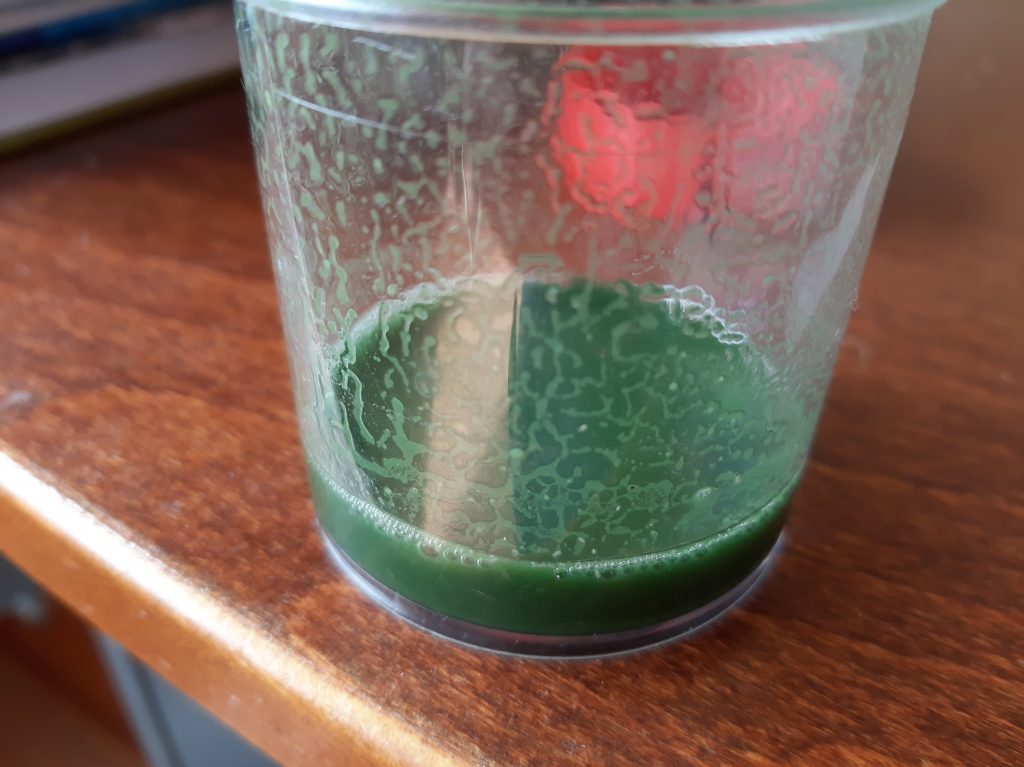
The man that samples surface water tipped us on phosphate in rainwater. Turns out that rainwater contains high levels of phosphate and nitrogen which could explain why HAB’s were triggered after rainfall. It doesn’t make any sense why phosphate levels kept rising under the deepest thermocline below 9-10 meters at a location where white bacteria cover the bottom. Phosphate levels at 5 meters were low and at the surface, levels were high.
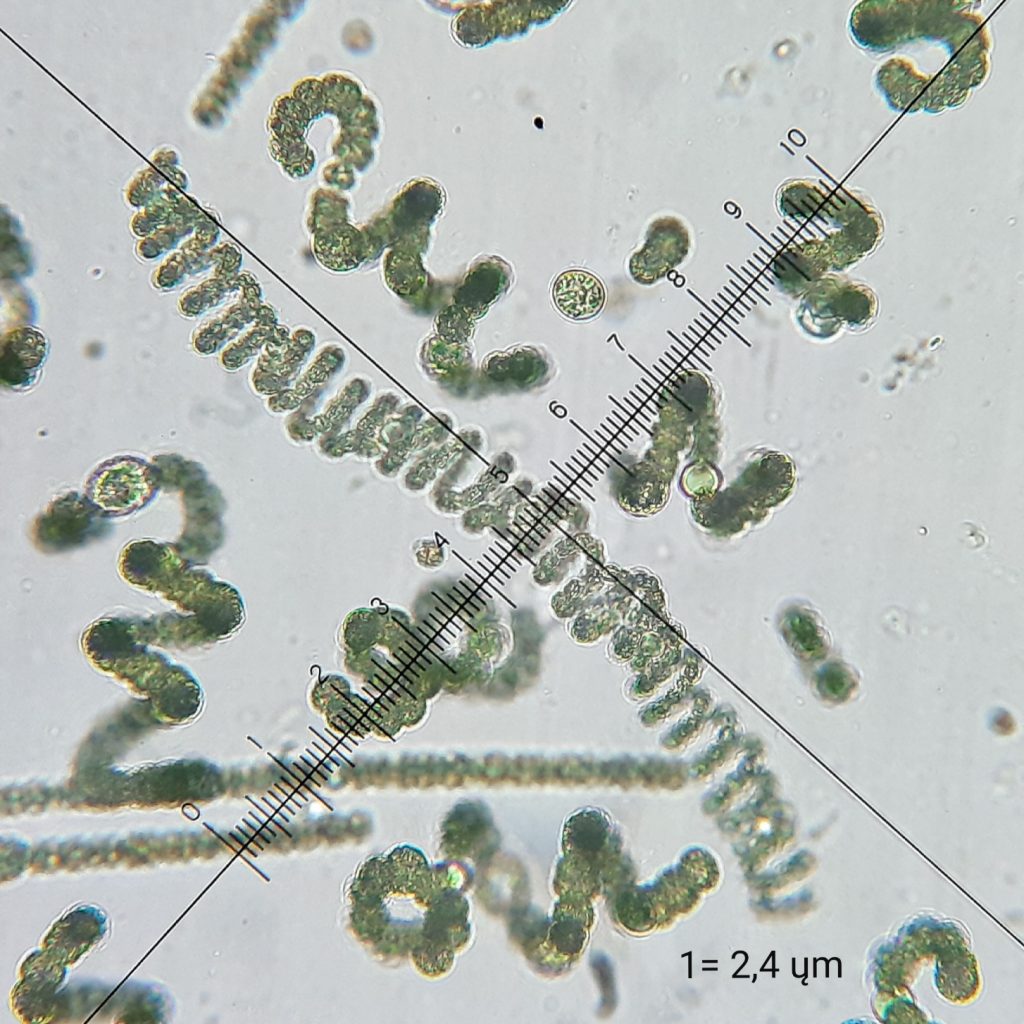
For the first time we’ve seen the the turning point of the lake being infested by various species of highly motile ciliates (organisms) followed by a HAB in a matter of a week. It’s unbelievable how frequent dominance of species and the variety of cyanobacteria change. We’ve logged and photographed these samples under the microscope for later use as we are not familiar with the exact names of species.
Out of curiosity, I’ve put HAB samples in closed jars and let it set for days on end at room temperature. Turning from a putrid bright blue green soup in a closed jar to clear odourless water over time with the lid taken off. You won’t believe that organisms like copepods survived. It’s so fascinating how exposure to air accelerates the self-purifying capacity of water. That being said, we think a water mixing system probably doesn’t prevent a HAB, but it could speed-up the self-purifying capacity of a lake. There are so many more things happening, but I have to keep it short. We use all the equipment on a regular basis and will continue to do so in the future.
What Else Did We Do in 2019?
Thanks to the team, we’ve created an underwater monument for the Cessna airplane that crashed June 17th 1989. The pilot survived, but the aerial photographer died and left a young mother with two kids. In 2018 we found the bonnet of the aircraft at a depth of 14 meters by sheer luck May 25th 2018. We got in touch with the family and decided to make the bonnet an underwater monument and move it to a better location. 30 years later, March 31st the official opening of the monument was witnessed by the two sons through the large acrylic dome of a diving vessel.That was really special.
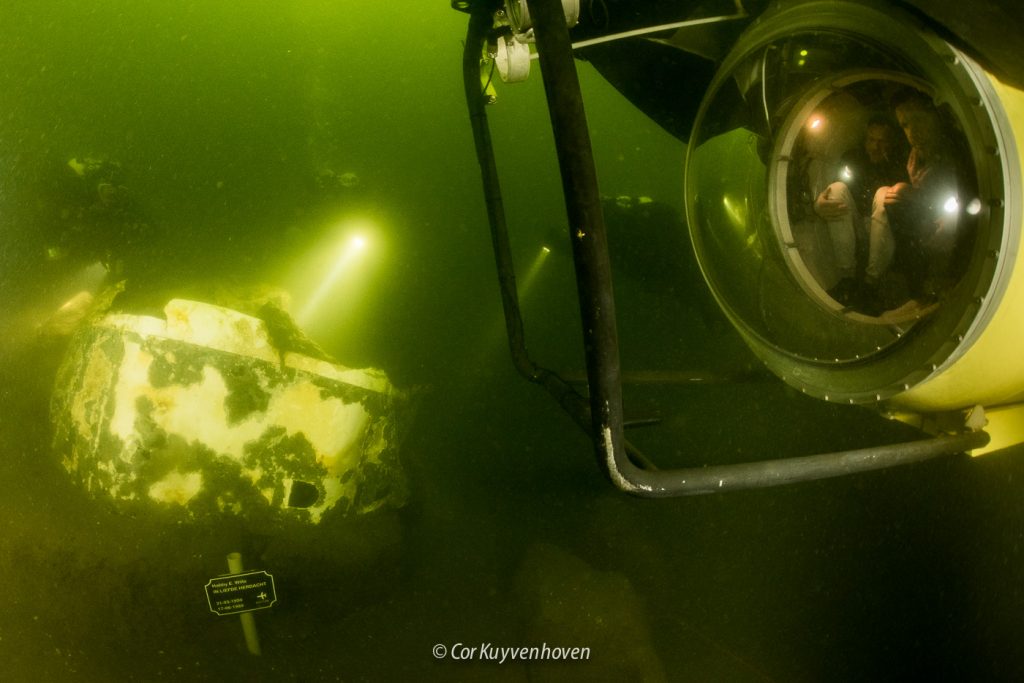
The yearly cleanup again was a great success with thirty participants. More and more litter is recovered from the shoreline. but we are continuously cleaning up lost fishing lines, lures, lead weights next to ordinary litter. Lost fishing lines are silent killers amongst diving waterfowl as they get entangled while foraging for freshwater mussels, so when we see it, we sort it. We never go diving without a net to collect litter.
To all those wonderful Baseline projects we would like to say, keep collecting data and ask yourselves, what stands out in your dive location, which is worth researching.
